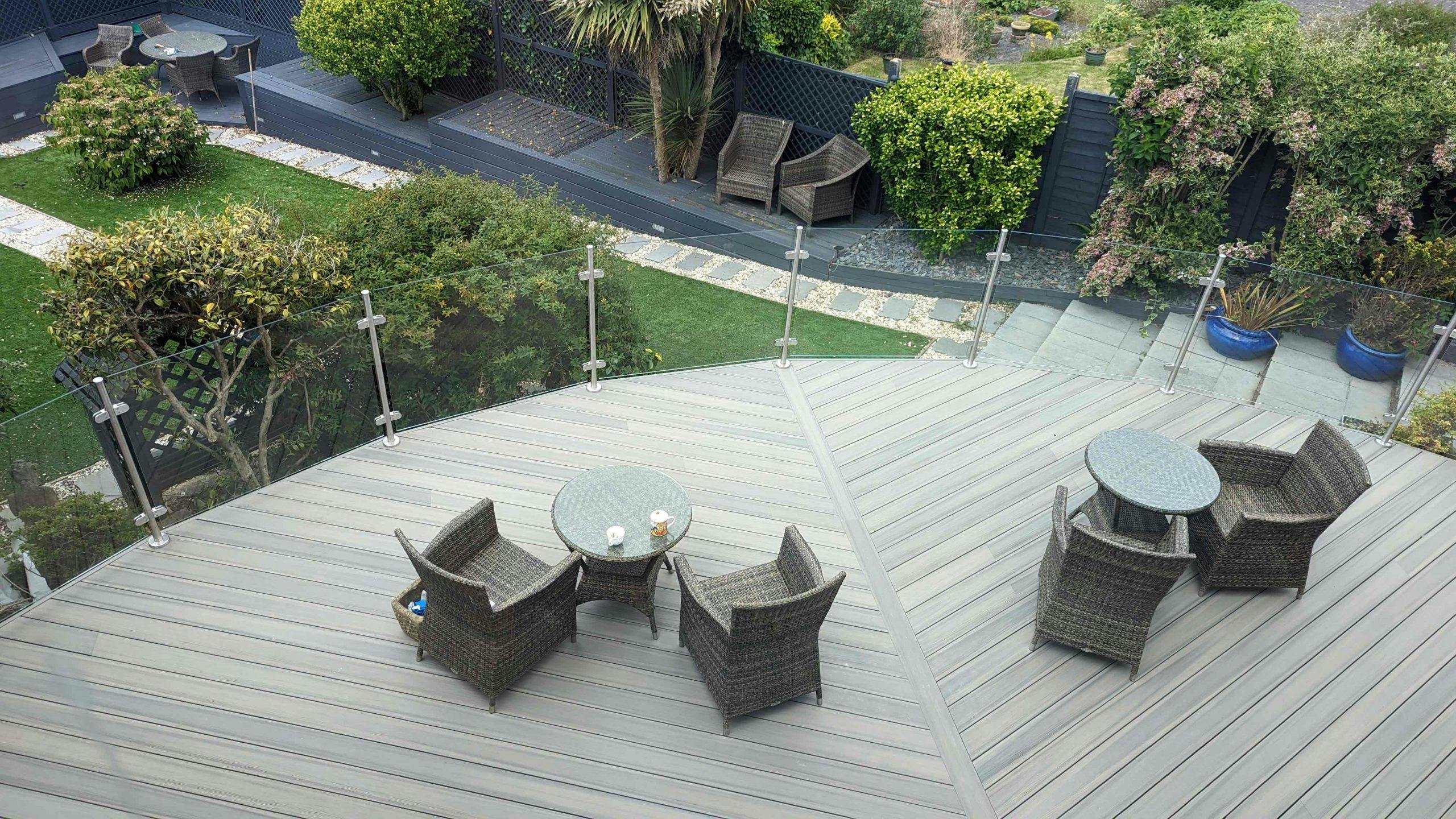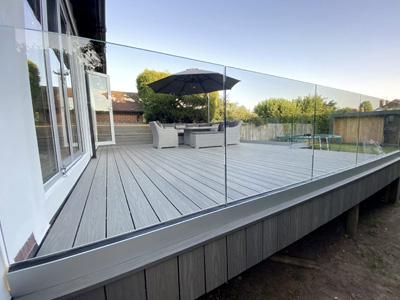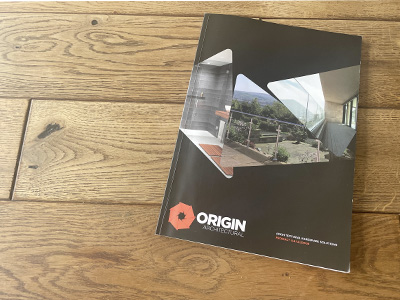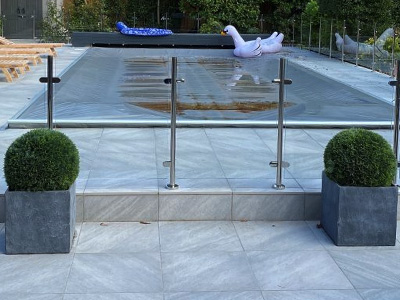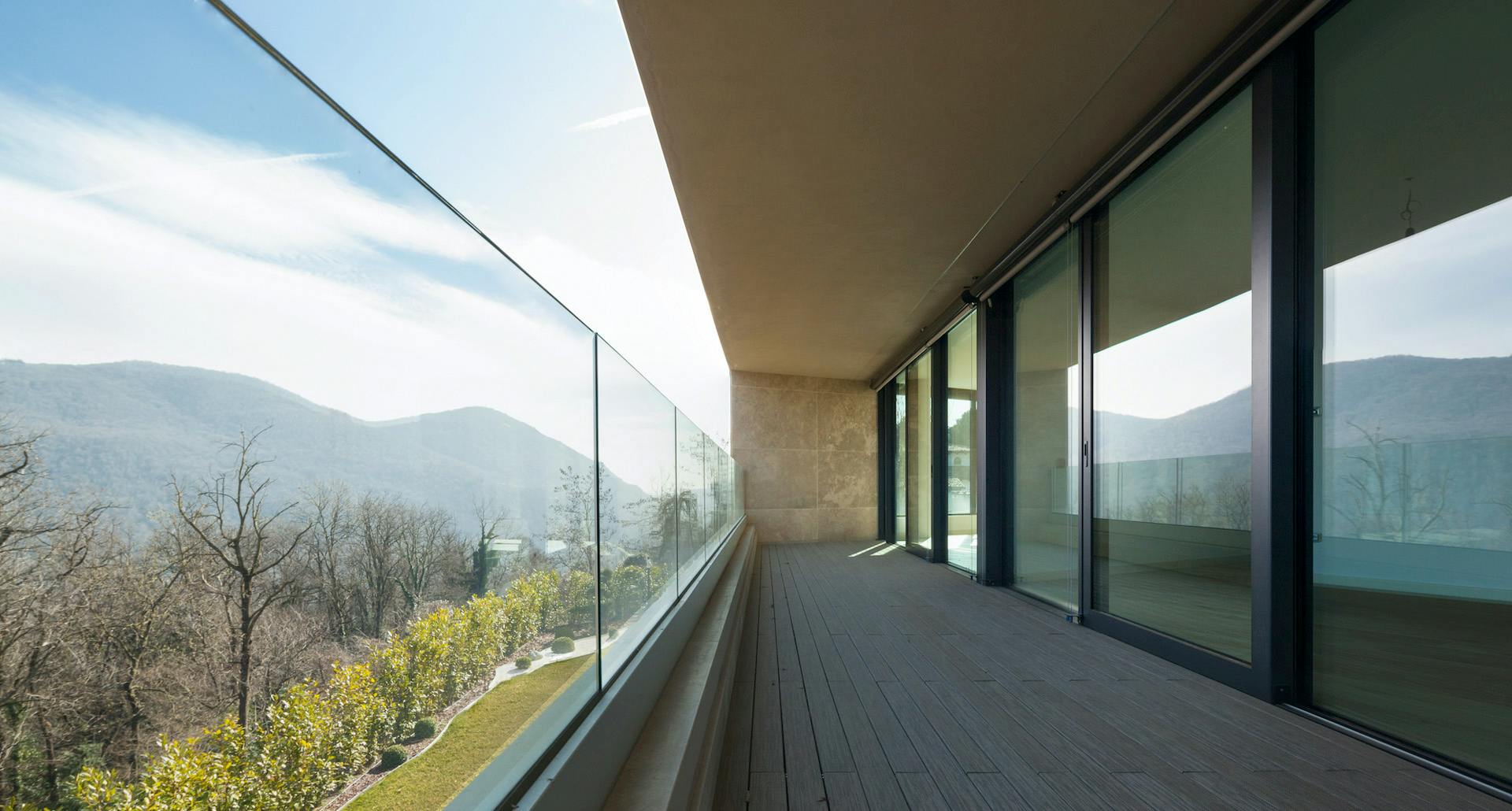Curved Glass Balustrade
UK Leading Manufacturer Of Balustrade Systems Made To Curve
Get An Instant QuoteGet An Instant Online Quote Now On Your Curved Glass Balustrade System
Design Your Balustrade
Design your perfect Glass Balustrade today using our online Balustrade Designer and get an instant quote.
Request Your Catalogue
Download your free catalogue to help you choose the perfect balustrade solution for your project.
Curved Glass Balustrade
Welcome to the future of architectural elegance and safety – the Curved Glass Balustrade. In a world where design meets functionality, this stunning innovation has taken the construction and interior design industries by storm. Whether you’re crafting a modern masterpiece or renovating a classic space, the Curved Glass Balustrade is the perfect marriage of form and function, providing you with an unparalleled blend of aesthetics and security.
Can My Balustrade Be Curved?
The short answer is yes it can! Often our customers will come to us and ask us to shape their balustrade to match the curve of their decking, patio, or balcony.
Staggered Balustrade
A cost-efficient solution is to stagger the balustrade into a series of small hexagon-like shapes. A number of our products can be used. Stainless steel posts, frameless channel, or spigots. Neither the glass or the fixings will themselves be curved but the hexagon shapes when put together form a curved shape.
Stainless Steel Posts
The cheapest solution is to use stainless steel posts. With our in-house processing, we can fabricate the posts so that the glass leaves the post at an angle that reflects the curve. It is not always easy to drill the posts at the correct angle to reflect your curve. As an alternative to us fabricating the posts for you, we can supply the clamps and fixings to allow you to drill the holes in the post onsite. This a very straightforward process which we can advise you or your builder on.

Frameless Glass
The most expensive solution is to bend the frameless channel and to fit curved glass within the curved frame. We will usually only supply this solution to commercial applications such as shopping centres or high-end houses.
We can bend the channel to any radius. The bending process itself damages the finish of the channel. If the channel is visible, we would always suggest that it is powder-coated after the bending process. We can supply clamp kits that are specifically designed to secure the glass within the channel.
The glass itself can be curved to any radius. We will work with you to ensure that it fits within the curved channel.
Our customers will often ask for curved handrail to be secured onto the glass. We can curve the handrail to match the radius of the channel. This is more straightforward than bending the channel itself.

Get Technical Advice On Curved Balustrade
Curved balustrades need not be complicated. Our team is here to help you every step of the way! Email sales@originarchitectural.co.uk or call us on 0113 2774316
Frequently Asked Questions
It depends on the solution. Curved balustrade can be very expensive but we can advise you on other solutions that will not be much more than a conventional straight balustrade.
Curved glass is entirely safe. What will govern the safety are factors such as the application of the balustrade, the thickness of glass used and the how you secure your glass. Our technical team can advise you on how to ensure that your curved glass balustrade passes Building Regulations.
We can supply all of the fixings that you need for a cured glass staircase. This includes bending the handrail to most radiuses.
GOT A QUESTION?
Our experienced team are always happy help
Just fill in this contact form and we'll get back to you as soon as possible. Alternatively, you can call get in touch using the methods below:Read Our Recent Articles On Glass Balustrade
Balustrade Regulations UK: Important Regs to Understand
How thick should the glass on a glass balustrade be?
Why are Glass Balustrades a Good Choice for Coastal Properties?
Balustrade Technical Support
Got a Question?
Our friendly and experienced UK customer service team are on hand to help and answer any questions you may have via phone or email.

